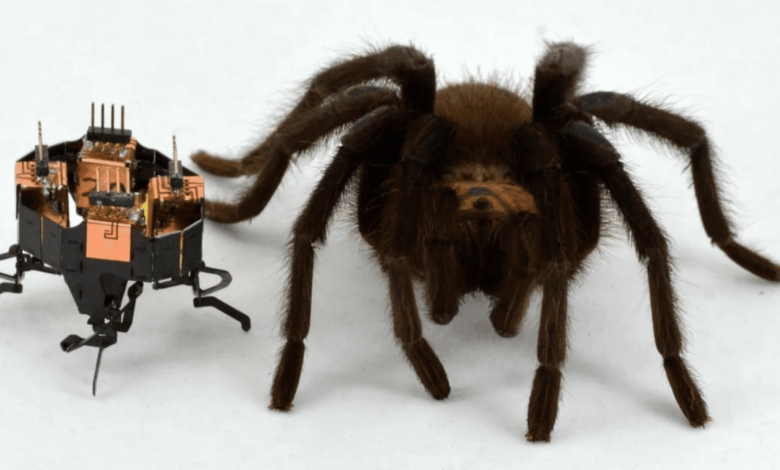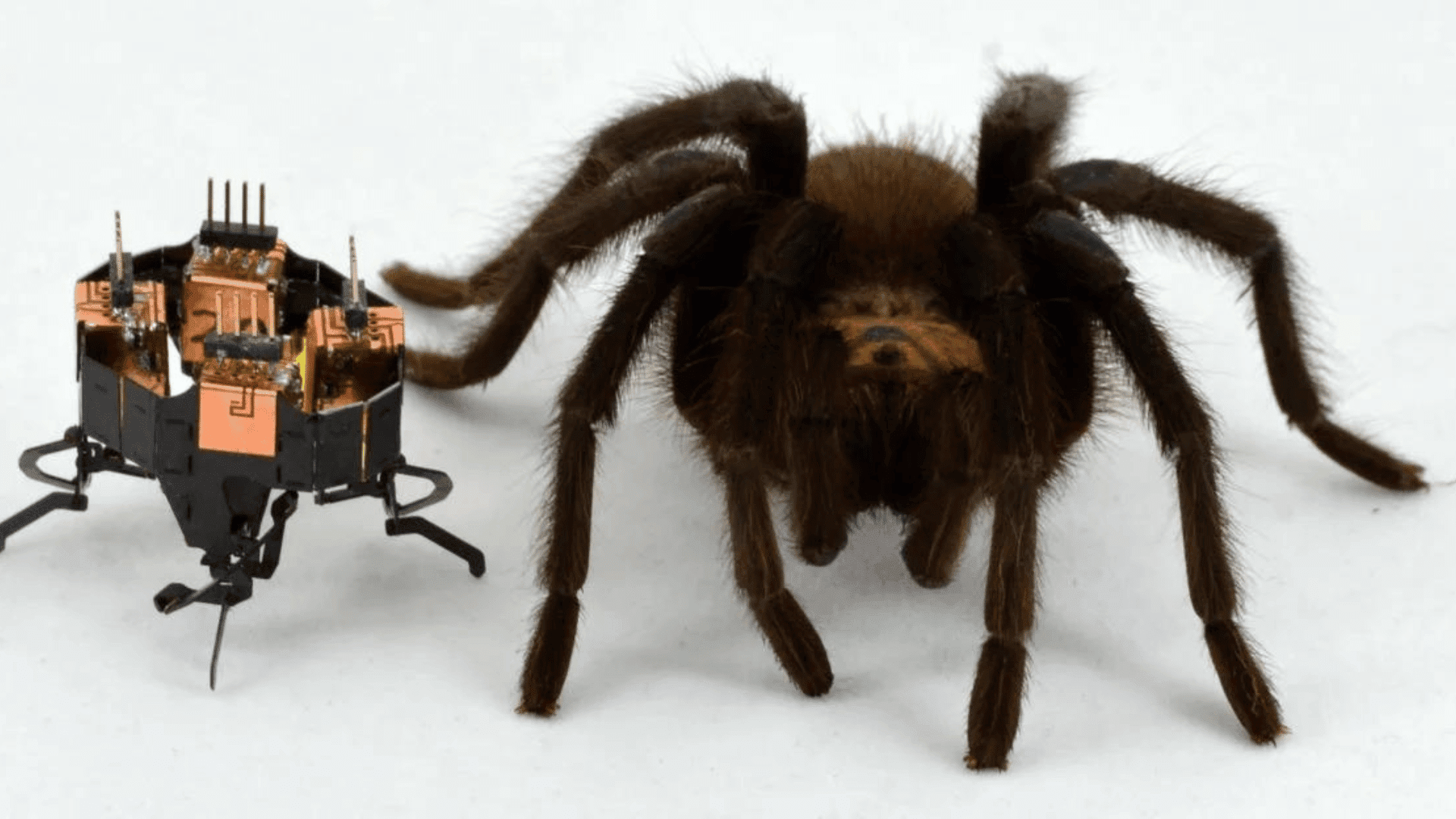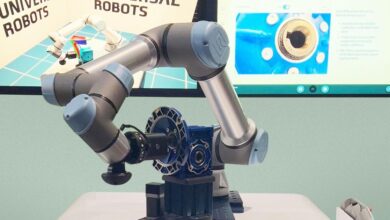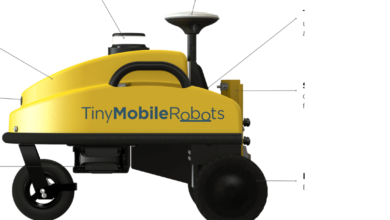Why Can’t Robots Outrun The Fastest Animals?

New research attempts to answer the question of why humans haven’t managed to build robots capable of outpacing animals in nature, despite significant advancements in robotics and AI.

Researchers attempted to find answers by reviewing more than one hundred previous studies and comparing robots and animals in different categories such as frame, actuation, sensing, power, and control.
While some of the most advanced designs aren’t too far behind in each category, scientists haven’t found a way to combine the elements and have them work collaboratively as well as they do in nature.
“At the system level, robots are not as good,” says mechanical engineer Kaushik Jayaram from the University of Colorado Boulder.”We run into inherent design trade-offs. If we try to optimize for one thing, like forward speed, we might lose out on something else, like turning ability.”
Jayaram uses a cockroach-inspired robot he helped develop in 2020 as an example, which is capable of moving speedily forward and backward but struggles while changing direction or moving across a non-flat surface.
The researchers point out that small insects even beat most robots when sensing the world around them and adapting their actions to it. And, though batteries or motors could beat muscle regarding certain metrics, an animal’s power is integrated with sensory information in the same cellular subunits.
“Animals are, in some sense, the embodiment of this ultimate design principle – a system that functions really well together,” says Jayaram. “Nature is a really useful teacher.”
One of the goals of this new research is to inspire engineers to create robots with more flexibility that can better adapt their movement to specific scenarios or environments. Researchers hope that humans might improve at building ‘functional subunits’ where different elements are combined like they are in animal cells.
As scientists continue to explore negative tradeoffs and potential emergent properties when optimizing different designs for specific functions, they will continue to improve what nature has already perfected.



